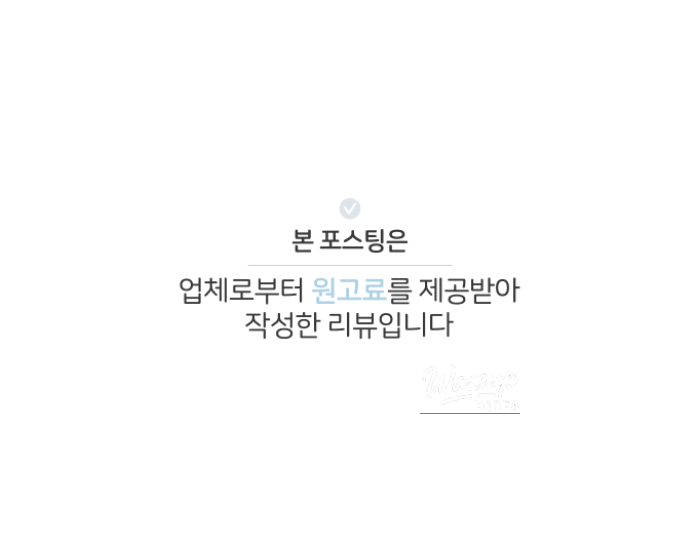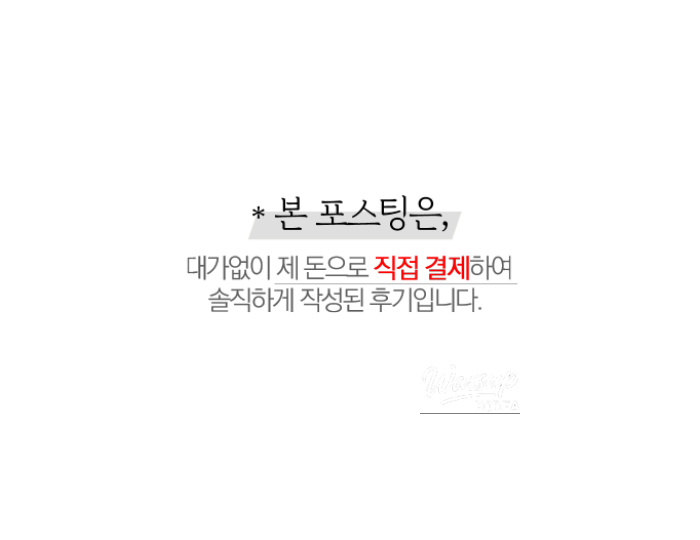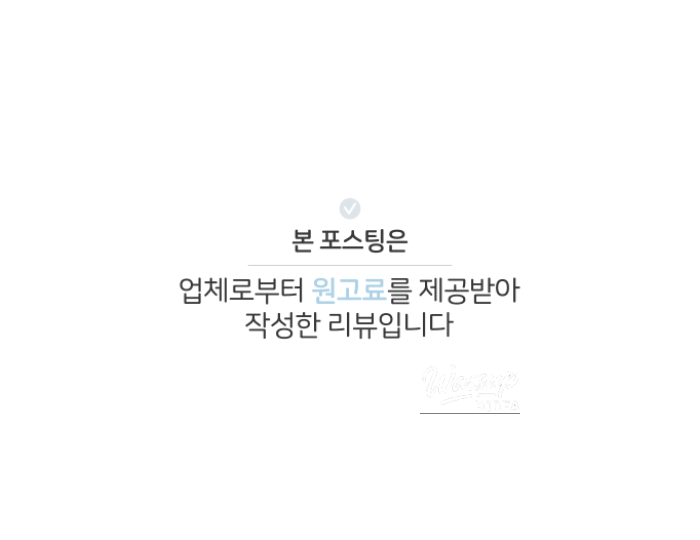Nostalgia: Longing for Home - Part 2: Affection for Hometown – Reclaimed Land

Continued from 《Nostalgia: Longing for Home》 (1)...
<Part 2: Affection for Hometown – Reclaimed Land>
With liberation, Korean art needed to shed the Japanese-style painting and materials prevalent in the art world and create new forms of art suitable for a new nation and a new era. Experiments and explorations began to convey the vivid energy of our climate and terrain, moving away from paintings that objectified our living spaces during the Japanese colonial period with stereotypical local colors. One such movement was to reflect Korean traditional materials, colors, and aesthetics based on Western modernism.
Immediately after liberation, interest in the homeland grew significantly, leading to a surge in landscape paintings depicting regions with traces of long historical traditions. Following the Korean War, artists actively sought opportunities to study abroad or participate in international exhibitions.
The artists introduced in this exhibition pursued originality through Korean and ethnic elements, drawing their formative motifs from their respective hometowns.
Son Il-bong (1907-1985), who returned to his hometown of Gyeongju and left behind numerous landscape paintings including Silla historical sites; Moon Shin (1923-1995), who conveyed the vibrant energy of liberation through the landscapes of his hometown, Masan;
Lee Ung-no (1904-1989), who achieved innovation in modern ink wash painting through diverse formative experiments with the scenery of his hometown, Hongseong, and its surroundings; Kim Whanki (1913-1974), who realized Korean modernism with the blue islands, sky, and moon of his hometown, Anjwado in Shinan; Yoo Young-kuk (1916-2002), who consistently explored the mountainous terrain of his hometown, Uljin, to complete Korean abstract forms; Jeon Hyuck-lim (1916-2010), who discovered unique colors and forms in the scenery of his hometown, Tongyeong; Byun Si-ji (1926-2013), a painter of storms who discovered his artistic world in his hometown, Jeju.
Through their works, we can confirm that their hometowns served as a crucial background and foundation for their artistic motifs.
Heo Geon, <Genre Painting>, 1945, Ink and color on paper, 56x48cm, Private Collection

Kim Jeong-hyeon, <Yudalsan Panorama>, 1940s, Ink and color on paper, 51x101cm, Private Collection

Lee Sang-beom, <Returning Home at Dawn>, 1945, Ink on paper, 129x256cm, Private Collection

Lee Sang-beom's <Returning Home at Dawn>, which includes a postscript stating it was created on August 15, 1945, the day of liberation, depicts a farmer leading a cow home across a misty field at dawn. Similar to his 1937 work <Returning Home>, it combines pastoral mystery and desolate tranquility, but shows differences in style.
Rocks and peaks are expressed with ink surfaces and dot-shaped ink, and the development of the 'Cheongjeon style' is evident in the vertical trees like utility poles and the reeds drawn with fine brushstrokes.
*<Lee Ung-no>
Lee Ung-no (1904-1989) learned calligraphy and painting from masters Kim Gyu-jin and Lee Byeong-jik, and debuted in 1924 by winning a prize at the 3rd Joseon Art Exhibition. Later, through studying in Japan, he learned realistic Southern School painting and Western-style New Southern School painting. Born in Hongseong, he produced numerous landscape paintings featuring Chungcheong-do scenery in response to the local color discourse of the 1940s.
<Gongju Fortress>, <Gongju Scenery>, <Hongseong Wolsanha>, <A Corner of Sudeoksa>, and <Hometown> are composed with concise compositions and clear light colors, showing the light brushstrokes of the Kyoto realistic style.
Lee Ung-no, <Gongju Fortress>, 1940, Ink and color on paper, 35x49.7cm, Lee Ungno Museum

Lee Ung-no, <Gongju Scenery>, 1941, Ink and color on paper, 50x131cm, National Museum of Modern and Contemporary Art

Lee Ung-no, <Hongseong Wolsanha>, 1944, Ink and color on paper, 131x166.4cm, Lee Ungno Museum

Lee Ung-no, <A Corner of Sudeoksa>, Mid-1940s, Ink and color on paper, 122x153cm, Lee Ungno Museum

Lee Ung-no, <Hometown>, 1943, Ink and color on paper, 26.5x36.5cm, Goam Lee Ungno Birthplace Memorial Hall

Lee Ung-no, <Hometown House (1)>, 1950s, Ink and color on paper, 21x33.5cm, National Museum of Modern and Contemporary Art

Lee Ung-no, <Hometown House (2)>, 1950s, Ink and color on paper, 38.5x54cm, National Museum of Modern and Contemporary Art

The realistic Southern School painting style seen in Lee Ung-no's works from the 1940s continued into 'New Eastern Painting' or 'New Literati Painting' amidst the clearing of 'Japanese colors' and the 'modernization of Eastern painting' after liberation.
Later, he revealed contemporaneity by showcasing 'expressive abstraction' using Jackson Pollock's dripping technique.
In the <Hometown House> series from the 1950s, Fauvist blurring and free expression with rough brushstrokes appear, and in <Panoramic View of Deoksungsan Mountain>, based on a mixed composition of broad farmland-style local scenery and mountain landscapes, he reveals the direction of 'New Eastern Painting' with a subjective realistic landscape that combines decorative pointillism and evocative blurring and light colors.
Lee Ung-no, <Panoramic View of Deoksungsan Mountain>, 1950s, Ink and color on paper, 106x214cm, National Museum of Modern and Contemporary Art

*<Jeon Hyuck-lim>
Jeon Hyuck-lim (1916-2010) was from Tongyeong, Gyeongnam Province, and devoted himself to his own world in Tongyeong and Busan, away from the central art world. In particular, he reinterpreted the themes and colors of Joseon folk paintings in a modern way, inspired by the nature and traditional culture of Tongyeong.
<Oryukdo Islands>, painted in the early stages of his work, depicts Oryukdo Islands, a famous landmark in Busan, from a bird's-eye view, and rearranges the islands differently from their actual location to create an organic cluster. <Moon and Sailboat> expresses the solitude of the night sea by layering various shades of blue, and represents the warmth of life with the yellow moonlight between the sails. <Blue Fields> creates a screen that mixes abstraction and figuration by placing the back of a girl with a basket on her head in the lower left, and expresses a multi-layered landscape with overlapping blue, green, and ocher colors.
Jeon Hyuck-lim, <Oryukdo Islands>, 1950s, Oil paint on canvas, 35x43cm, Gyeongnam Art Museum

Jeon Hyuck-lim, <Moon and Sailboat>, 1956, Oil paint on canvas, 41x53cm, Gyeongnam Art Museum

Jeon Hyuck-lim, <Sea and Butterfly>, 2001, Oil paint on canvas, 182x220cm, National Museum of Modern and Contemporary Art

<Sea and Butterfly> is a work inspired by Kim Kirim's poem <Sea and Butterfly>, and uses Korean motifs such as dancheong, bojagi, and lattice patterns against a blue sea background, and the dynamic flapping of the butterfly's wings flying over it can be felt.
<Tongyeong Scenery> is a work that depicts Tongyeong Port and the surrounding area seen from the top of Nammangsan Mountain like a panorama, and effectively expresses the blue waters of the sky and the Dadohae Sea by using clear and vivid blue extensively.
Jeon Hyuck-lim, <Tongyeong Scenery>, 1992, Oil paint on canvas, 130x160cm, Tongyeong City Hall

Jeon Hyuck-lim, <Unhagyo Bridge>, 1965, Oil paint on canvas, 45x53cm, Gallery Haejoeum

Jeon Hyuck-lim, <Harbor Scenery>, 1970s, Oil paint on canvas, 44x36.5cm, Lee Kun-hee Collection, National Museum of Modern and Contemporary Art

<Harbor Scenery> is a view of the daily life of a fishing village, looking down from the top of Nammangsan Mountain at Mireuksan Mountain, Tongyeong Port, and the coastal village of his hometown, Tongyeong.
<Unhagyo Bridge> depicts Chungmu Bridge, an arched bridge connecting Mireukdo Island and Tongyeong City.
Currently, his 1972 work <Unhagyo Bridge> has been reborn as a mural on the bridge piers of Chungmu Bridge.
Jeong Jong-yeo, <Jirisan Cloud Transport>, 1948, Ink and color on paper, 126.5x380cm, Private Collection

*Kim Whanki's works can be photographed but not uploaded to blogs.
*<Yoo Young-kuk>
Yoo Young-kuk (1916-2002) was born in Uljin, Gyeongbuk Province, and worked with pure geometric formative elements such as circles, planes, and lines, starting from the forms of nature.
His art world developed with 'mountain' as the central theme from the 1960s, and the mountain was not a simple landscape but a prototype containing the mystery and sublimity of nature, playing the role of a medium for pictorial experiments.
<Mountain> from 1962 stands out for its intense primary colors and the texture of the paint in the Informel style. <Work (Mountain)>, exhibited at the Tokyo National Museum of Modern Art in 1968, divides the space with color planes and shows a strict geometric composition, moving away from rough matière.
<Mountain> from 1972 is a turning point that gradually transforms into free and emotional color planes and forms, and cold color variations stand out in the square screen. <Mountain> from 1984 depicts mountains arranged side by side, reminiscent of the traditional landscape painting scroll format, and deconstructs three-dimensionality to express a sense of space with simple formative language. Yoo Young-kuk's 'Mountain' series is evaluated as a 'reflexive nostalgia' for his hometown and a harmonious exploration of nature and abstraction.
Yoo Young-kuk, <Work (Mountain)>, 1968, Oil paint on canvas, National Museum of Modern and Contemporary Art

Yoo Young-kuk, <Mountain>, 1972, Oil paint on canvas, 133x133cm, Lee Kun-hee Collection, National Museum of Modern and Contemporary Art

Yoo Young-kuk, <Mountain>, 1962, Oil paint on canvas, 173x228cm, National Museum of Modern and Contemporary Art

Yoo Young-kuk, <Mountain>, 1984, Oil paint on canvas, Lee Kun-hee Collection, National Museum of Modern and Contemporary Art

Yoo Young-kuk, <Mountain-Blue>, 1994, Oil paint on canvas, 126x96cm, Yoo Youngkuk Art and Culture Foundation

*<Moon Shin>
Moon Shin (1923-1995) was an artist who was born in Kyushu, Japan, and spent his childhood in Masan (now Changwon). He left behind many works that captured the nature and daily life of his hometown with a warm gaze.
His works mainly deal with the scenery of his hometown, such as the sea off Masan, the simple fishing village life, and the blue mountains and sky, and show a unique painting style that combines realism and formative art.
<Residual Snow> expresses the scenery of ocher-colored mountains, pine trees, and remaining snow with concise brushstrokes and restrained colors, creating lyricism. Moon Shin also enjoyed dealing with fish as a subject, and in <Still Life>, he attempted formative experiments by reconstructing fish with concise lines and rough textures.
<Fishing> vividly captures the 모습 of men fighting the sea, and Moon Shin's three-dimensional formative sense is revealed by the dynamic sculpture of a female diver added to the frame he made himself.
<Back Mountain and Sky (Hill-Cloud B)> contrasts the traces of humans with the purity of nature through the logged mountains and cloudy sky, and well shows Moon Shin's pictorial world, which takes the pure landscape itself as its theme.
Moon Shin, <Residual Snow>, 1948, Oil paint on canvas, 21.5x39.5cm, Gallery Haejoeum
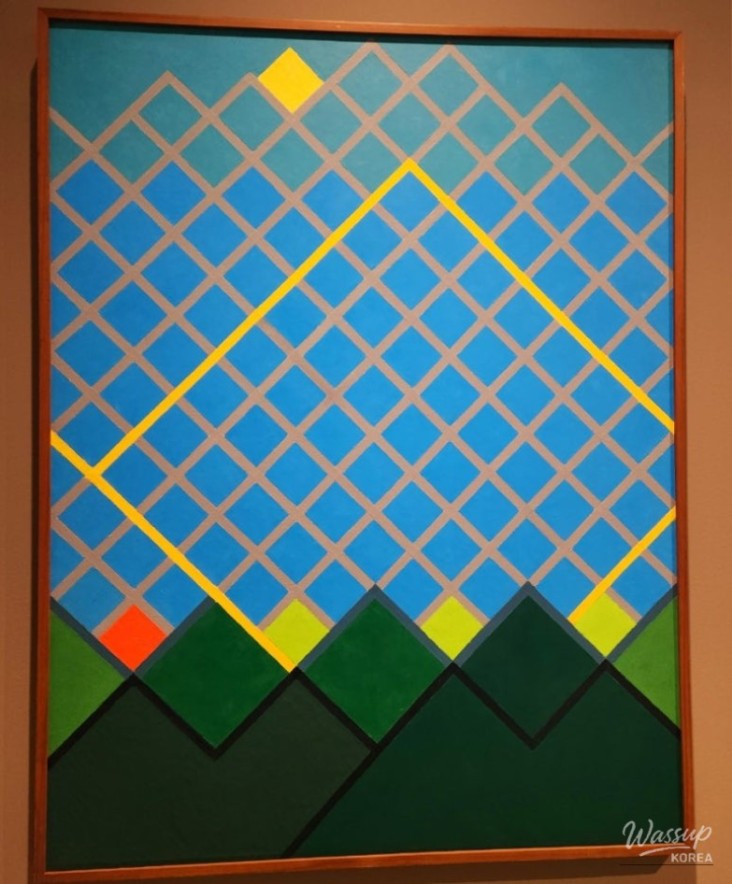
Moon Shin, <Still Life>, Estimated late 1940s-early 1950s, Oil paint on canvas, 39.2x55.8cm, Lee Kun-hee Collection, National Museum of Modern and Contemporary Art

Moon Shin, <Fishing>, 1948, Oil paint on canvas, 27.5x103cm, National Museum of Modern and Contemporary Art

Moon Shin, <Back Mountain and Sky (Hill-Cloud B)>, 1948, Oil paint on canvas, 68x51cm, Gyeongnam Art Museum

*<Son Il-bong>
Son Il-bong (1907-1985) was a Western-style painter from Gyeongju, Gyeongsangbuk-do. It is characterized by imbuing the screen with lyrical emotions through realistic depiction of concrete objects, bold touches, and reduction of forms.
His early works from the 1920s vividly captured urban landscapes and daily life through powerful brushstrokes, clear contrast between light and dark, vertical compositions, and perspective.
Between 1946 and 1950, he painted a series of Silla historical sites and landscapes in Gyeongju, such as <Cheomseongdae Observatory> and <Hwangnamdaechong Tomb>, expressing Korean lyricism with realistic yet simplified forms and gentle colors. These works are imbued with deep affection and contemplation for his hometown.
In addition, in <Sunset> and <Rock and Bluebird>, he created a lyrical atmosphere with natural colors and soft brushstrokes, using ordinary nature and still life as subjects, and tried to capture subtle emotions within the realistic depiction of the object.
Son Il-bong, <Rock and Bluebird>, 1950, Oil paint on canvas, 65x80.5cm, National Museum of Modern and Contemporary Art

Son Il-bong, <Cheongra Hill in Daegu>, 1946-1950, Oil paint on panel, 24.5x33.5cm, Collection of the bereaved family

Son Il-bong, <Hwangnamdaechong Tomb>

Son Il-bong, <Royal Tomb>, 1966, Oil paint on panel, 65.5x55cm, National Museum of Modern and Contemporary Art

Son Il-bong, <Sunset>, 1967, Oil paint on panel, 45.5x61cm, National Museum of Modern and Contemporary Art
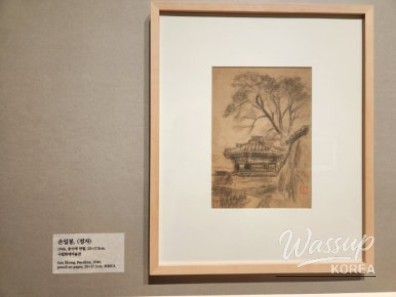
*<Byun Si-ji>
Byun Si-ji (1926-2013) was an artist from Jeju Island who contemplated the unique nature and life of his hometown and established a unique aesthetic that fused Eastern and Western art.
His work uses simple black lines on a yellow background, showing the implication of oriental literati painting and the atmosphere of ink wash painting, while simultaneously showing impressionistic color sense.
The main subjects, wind, sea, horses, and crows, function as a medium for existential contemplation beyond simple reproduction of nature, and contain inner human emotions such as loneliness, patience, anxiety, and waiting. His early work <Seogwipo> expresses the tranquility of the fishing village scenery in blue tones, and <Jeoldo Island> symbolically depicts human isolation and reflection existing on a remote island.
Through the unique wind of Jeju, he symbolically embodies human life and emotions, and conveys emotional lingering feelings such as the stillness after a storm.
Byun Si-ji's works are evaluated as paintings that deeply contemplate the nature and life of Jeju and contain philosophical thoughts in a restrained format.
Byun Si-ji, <Seogwipo>, 1977, Oil paint on canvas, 45x53cm, Jeju Museum of Art
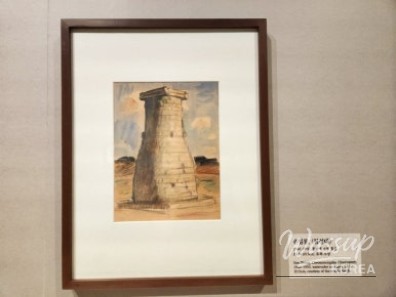
Byun Si-ji, <Stormy Weather>, 1991, Oil paint on canvas, 32x41cm, Kidang Art Museum
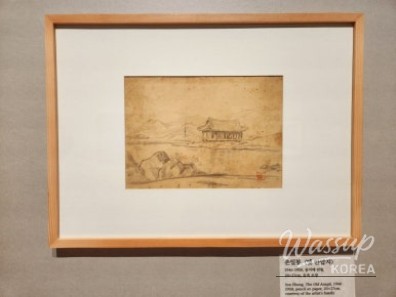
Byun Si-ji, <Hometown>, 1980s, Oil paint on canvas, 146x113cm, Kidang Art Museum
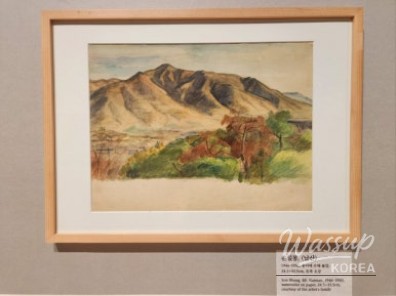
Byun Si-ji, <Jeoldo Island>, 1981, Oil paint on canvas, 160x112cm, National Museum of Modern and Contemporary Art

Byun Si-ji, <Returning Home>, 2012, Oil paint on canvas, Kidang Art Museum

Park Myeong-jo, <Liberation>






**
I have seen Jeon Hyuck-lim's works while visiting exhibitions, but this was the first time it resonated so strongly. I think I should pay more attention to the artist Jeon Hyuck-lim.
I am not familiar with the painter Son Il-bong, but I am also interested in this painter.
No comments yet.


